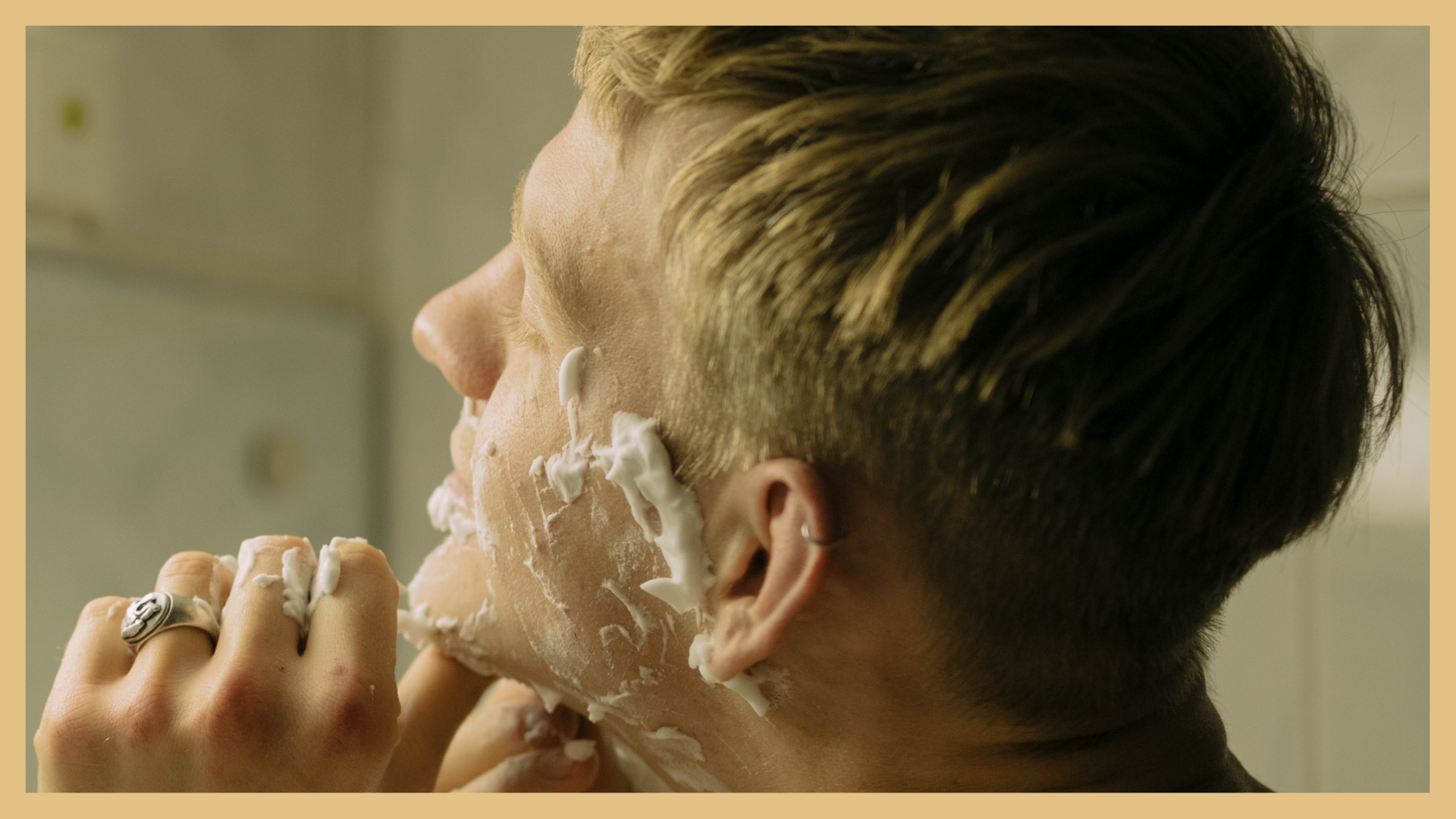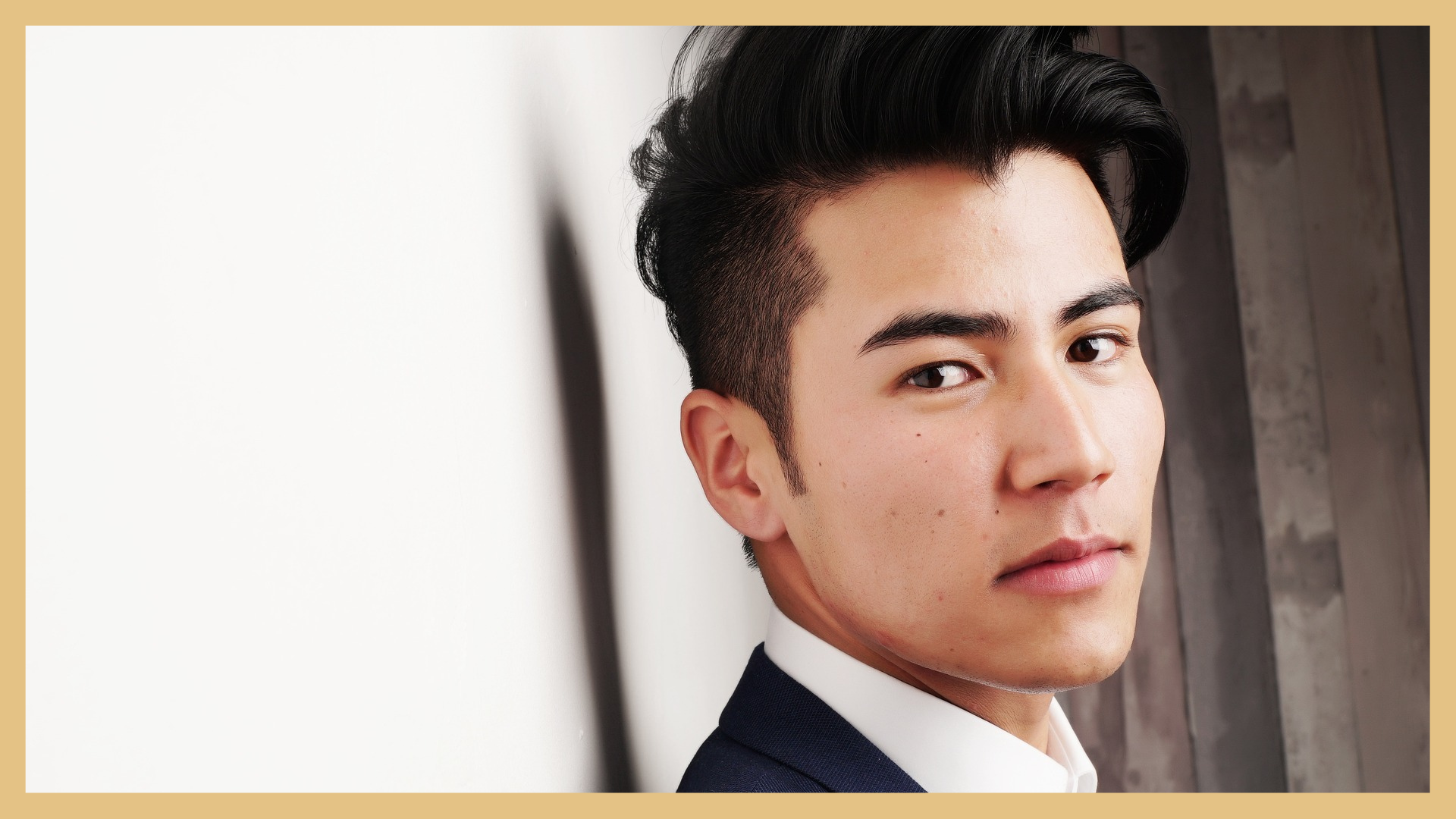
How to Treat Razor Burn and Ingrown Hairs
Shaving is an essential part of many men's grooming routines, but razor burn and ingrown hairs can make the experience uncomfortable and painful. If you're struggling with these common shaving problems, don't worry – there are steps you can take to prevent and treat them. In this blog post, we'll explore the causes of razor burn and ingrown hairs, along with effective solutions to help you enjoy a smoother, more comfortable shave.
Causes of Razor Burn and Ingrown Hairs
Razor burn is a red, irritated rash that can appear after shaving, while ingrown hairs occur when a hair grows back into the skin instead of up and out. Both issues can be caused by a variety of factors, including:
- Dull or dirty razor blades
- Improper shaving technique
- Insufficient lubrication
- Shaving too closely or against the grain
- Sensitive skin prone to irritation
Preventing Razor Burn and Ingrown Hairs
To minimize your chances of developing razor burn or ingrown hairs, follow these tips for a better shaving experience:
- Exfoliate regularly: Exfoliating your skin helps remove dead skin cells and can help prevent ingrown hairs. Use a gentle exfoliating scrub or brush 2-3 times a week to keep your skin smooth and free of debris.
- Use a sharp, clean razor: Dull or dirty razors can increase the risk of razor burn and ingrown hairs. Replace your blades regularly and clean your razor after each use to maintain optimal performance.
- Soften your beard: Shave after a warm shower, or apply a warm towel to your face for a few minutes before shaving. This will help soften your facial hair, making it easier to cut and reducing the risk of irritation.
- Apply a lubricating shave product: A quality shaving cream or gel can help reduce friction and provide a protective barrier between your skin and the razor. Apply the product generously and let it sit for a minute or two before starting to shave.
- Shave with the grain: Shave in the direction your hair grows, not against it. This will reduce the risk of irritation and ingrown hairs. Also, avoid making multiple passes over the same area, as this can exacerbate irritation.
- Don't apply too much pressure: Let the razor do the work – applying too much pressure can lead to razor burn and ingrown hairs. Use gentle, even strokes for a comfortable, irritation-free shave.
Treating Razor Burn and Ingrown Hairs
If you're already dealing with razor burn or ingrown hairs, try these solutions to alleviate discomfort and promote healing:
- Apply a soothing aftershave: Look for aftershave products containing aloe vera, chamomile, or witch hazel, which can help soothe and calm irritated skin.
- Use a topical treatment: Over-the-counter treatments containing salicylic acid, glycolic acid, or benzoyl peroxide can help treat and prevent ingrown hairs. Apply the treatment to affected areas once or twice daily, according to the product's instructions.
- Don't pick or squeeze: Picking at ingrown hairs can cause infection and make the problem worse. Instead, use a sterile needle or tweezers to gently lift the ingrown hair out of the skin, then apply an antiseptic ointment to prevent infection.
- Give your skin a break: If you're experiencing significant razor burn or ingrown hairs, consider taking a break from shaving for a few days to allow your skin to heal.
By following these tips and adjusting your shaving routine, you can minimize the risk of razor burn and ingrown hairs, leading to a more comfortable and enjoyable grooming experience. Remember, everyone's skin is different, so it may take some trial and error to find the best approach for your unique needs.
In conclusion, dealing with razor burn and ingrown hairs can be frustrating, but with the right techniques and products, you can effectively prevent and treat these common shaving issues. By incorporating exfoliation, using a sharp and clean razor, applying a quality shaving cream, and following the proper shaving technique, you'll be on your way to achieving a smoother, irritation-free shave. And if you do experience razor burn or ingrown hairs, remember to treat them with soothing aftershave and topical treatments, while giving your skin the time it needs to heal. With a little attention and care, you can enjoy a comfortable and bump-free shaving experience every time.


